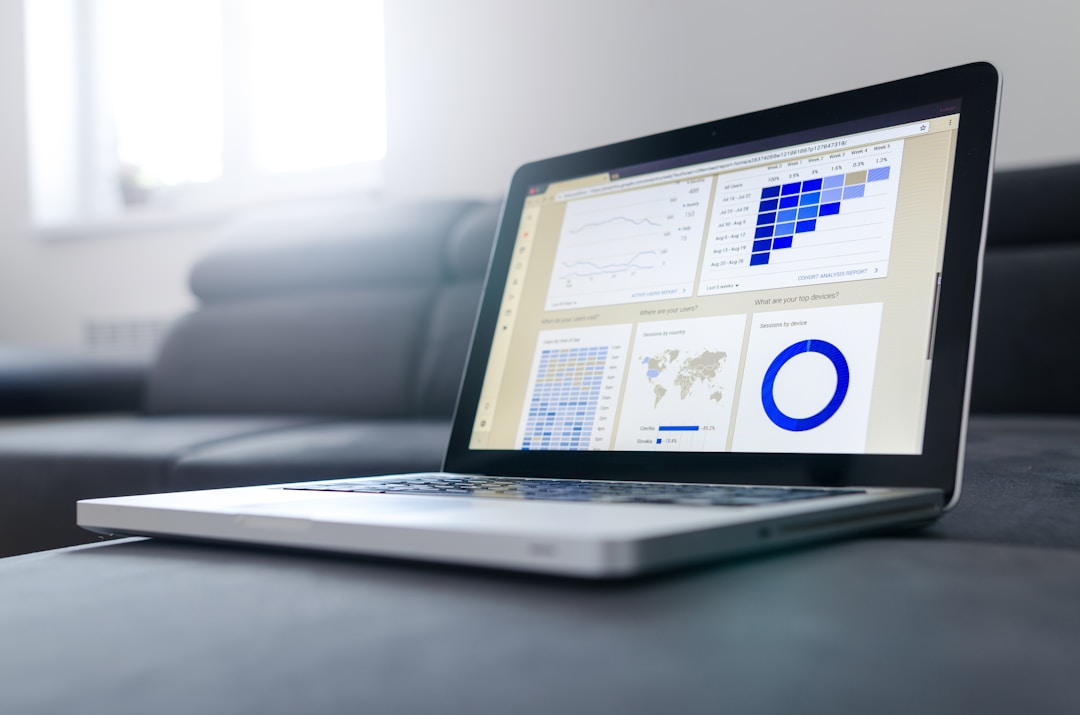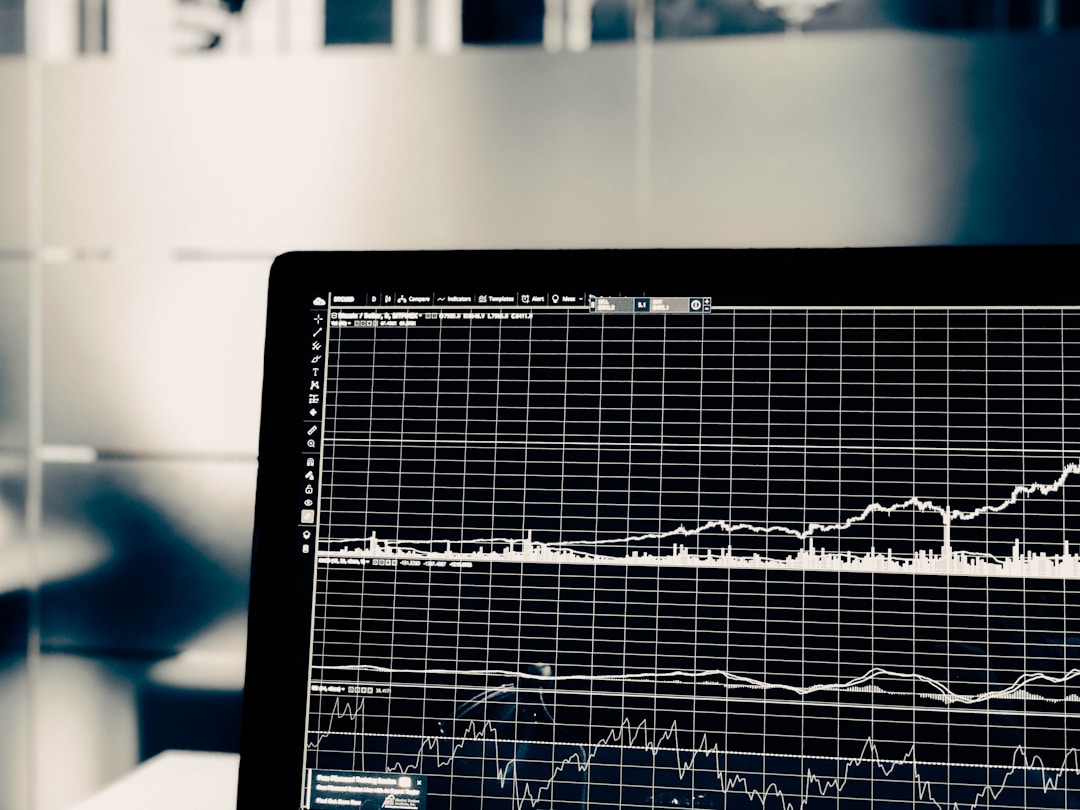
Digital innovation has paved the way for more companies to use technology and data to their advantage. One way this is being done is through the use of digital twins, a digital form of a physical product or service.
Digital twin technology lets companies evaluate and manipulate a physical product without the need to constantly produce prototypes and revisions. The digital twin concept is helping to converge the physical and virtual world in a number of ways through artificial intelligence and software analytics.
Product Twins

One of the types of digital twins is what’s referred to as a product twin. These are digital models of separate products that manufacturers are seeking to put on the market. The virtual models examine the product under different conditions, with all of the necessary changes being made to this model before the product ever hits the production line and becomes a physical creation. Product twins result in more efficient design and reduce manufacturing expenses. This also gives companies the competitive edge, able to get their physical assets to market quicker than the rest of their marketplace.
These kinds of digital twins have been a welcome disrupter in the manufacturing industry, improving maintenance and upgrades, while reducing production times significantly. Product twins also have changed up how automobile manufacturers are delivering for their customers.
Virtual models of a connected vehicle capture behavior and operational data. This helps auto companies analyze the overall function and performance of a vehicle. These digital models are built on algorithms that help to create a more personalized experience for car owners.
Process Twins

Process twins are digital models for manufacturing processes. With a virtual model of how a production process may work in different scenarios, businesses are able to take their analytics and bring them into real-world function. It’s the simplest way to create an efficient production methodology. Processes are fine-tuned with a digital twin for every part of that supply chain. This reduces the amount of costly downtime on the production line, speeding up operations safely and efficiently.
Industrial firms that adopt process twins have the ability to take big data to monitor and control the physical aspects of their systems. Not only operational data, but digital twins also provide the ability to capture different data sources with details such as location, configuration, and financial models.
All of this helps with future predictions, and braces companies for any potential snags in operations. The oil and gas industry has come to use process twins to visualize and control thousands of underground pipelines. With machine learning and AI, machines can self-diagnose and self-repair their issues as part of autonomous situation awareness.
System Twins

System twins create digital models of entire plants and factory systems. Vast amounts of operational data can be collected from a range of devices, as well as existing products, to gain insights into the creation of newer and better business opportunities at all levels.
Some enterprises are turning to digital twins to replace human workers to prevent any error that can cause incorrect analytics. For example, a virtual model can provide supply chain operators and data engineers with awareness of any snags in equipment that could be detrimental to the manufacturing process. This includes spare parts and their reliability.
System twins have also been utilized as a part of planning for smart cities, combining with IoT technology to enhance economic development. These digital simulations make for efficient resource management, leading to a reduction in the ecological footprint of industry, and a better quality of life. Based on the insights gathered from several sensor networks, city planners are able to better implement policies that help to run and maintain a city, even accommodating expansion.